Intellectual Assets 101: A beginner’s introduction to intellectual property
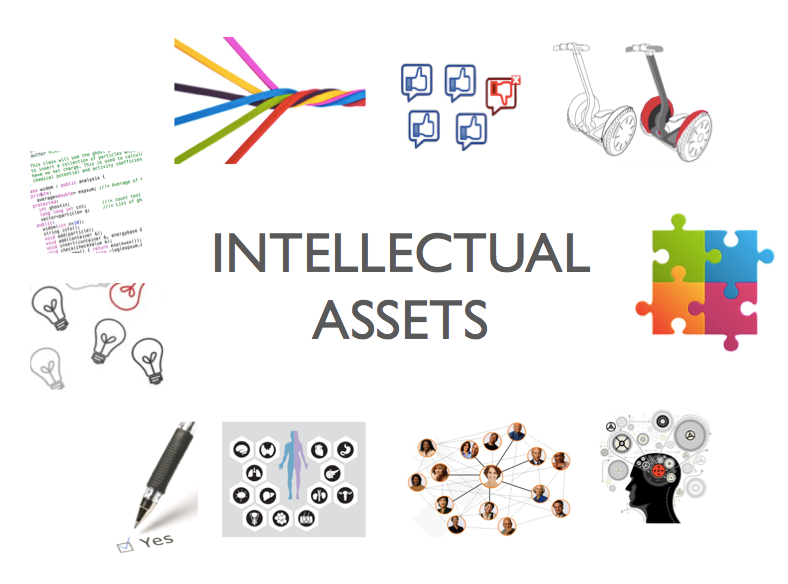
So often we hear terms like patents and copyrights, but these terms are not everyone’s piece of cake.
In this series, I’m going to share some topics about Intellectual Properties from my own experience, giving real-life examples, and focusing on startups and research institutions. I will simplify things as much as I can.
This post will cover some basic definitions to make sure we are talking the same intellectual language. So fasten your seatbelt and get ready!
Now what do you think the difference between Intellectual Assets, Intellectual Properties, and Intellectual Capital is?
Assets are resources or items that we own. They can be physical assets like laptops, desks, and cars.
They can be Intellectual Assets or intangibles (things we can’t hold in hand) like:
- Computer software
- The know-how you gain from the trials and errors in your job
- The knowledge you gain from training courses
- Novel ideas you come up with (new way to make online payment easier)
- The business model that will differentiate your startup from others
- The exclusive contracts that you sign with your customers making it harder for others to compete with you (barrier of entry)
- The valuable database/information that took your business years or that required specific skills to put together
- The contacts you have with business partners that will facilitate your market penetration in a shorter time
- The reputation that you build with your customers every time you spend some pounds on social media campaigns.
Have you noticed that almost all the intellectual assets mentioned above can easily be imitated by your competitors?
Your employees can simply leave your startup and join other company taking all their contacts, knowledge, and know-how with them. Anyone can take your business idea and develop it on his own. Anyone can use your brand name to make your customers believe it is you and make some money behind your back or provide low quality services affecting your name in a negative way.
All the previous can happen because, so far, you did not own your intellectual assets; you did not convert those Assets to become your own Properties. This is the time when you need to use some tools to protect your intellectual assets and make them your own properties so that only you can permit who can use them and who cannot.
I will explain those tools in more details in coming posts, but for now it is exciting to know that patents, copyrights, and trademarks that you hear a lot about are just one type of those tools; I call them legal tools or Intellectual Property Rights (IPR). So for example, a patent is a legal tool to convert an intellectual asset (which is your idea) from words in your head that anyone can steal and use to an intellectual property (Patented Idea) that no one can access or use without your permission. Now, does the difference between an Asset and a Property become more clear?
Now what? What happens after you use all the tools to protect your assets and convert them into your own intellectual properties?
I guess some of you will say: I will prevent anyone from using the new technique, technology, or idea that I patented.
This is definitely one of the things you can do with your intellectual property and it is called the “Defensive IP Strategy”. I will talk more about IP strategies in coming articles. For now, you need to know that there are other strategies you can use to capture value from your intellectual properties other than preventing others from using them.
Imagine that you can use your intellectual properties to get a bank loan (not in Egypt yet), to access technologies of other big companies (cross licensing), to establish partnerships with big companies, to raise capital from investors, or to be acquired by bigger companies. If you are able to use your intellectual property successfully in business transactions that creates financial value to your company, then you can say that you were able to convert your Intellectual Property into Intellectual Capital.
Now that you can differentiate between Intellectual Assets, Intellectual Property, and Intellectual Capital, I will share more specific topics in the coming posts. Stay tuned.

















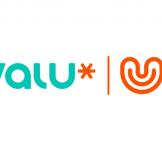

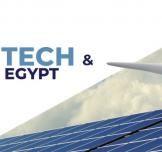










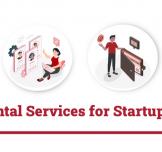













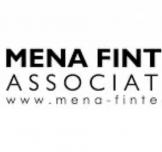











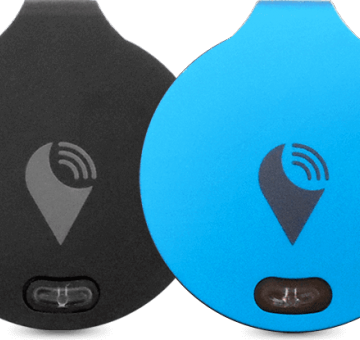



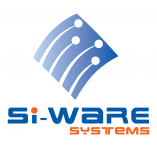





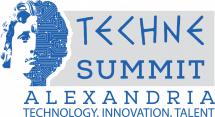


EgyptInnovate site is not responsible for the content of the comments